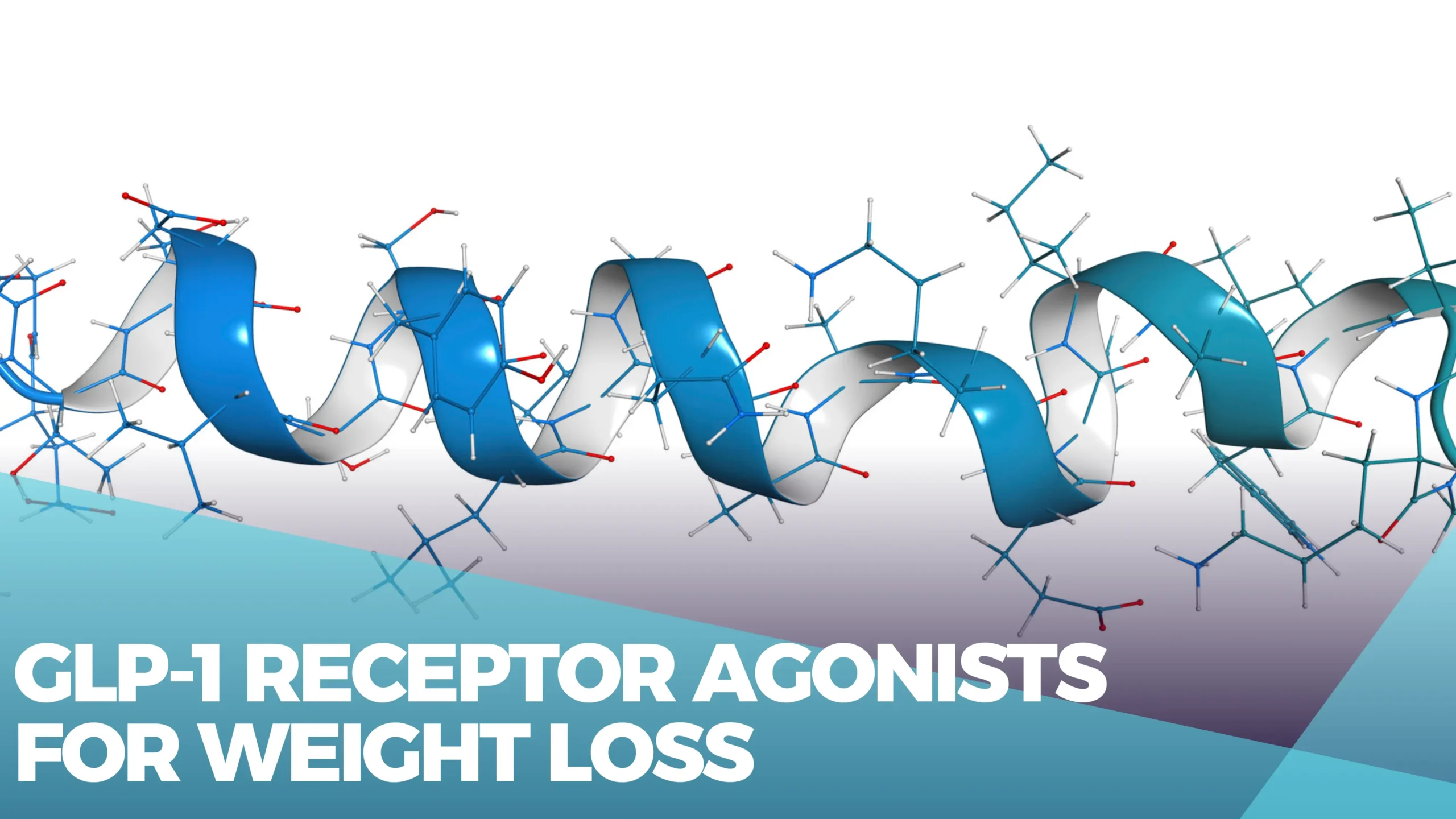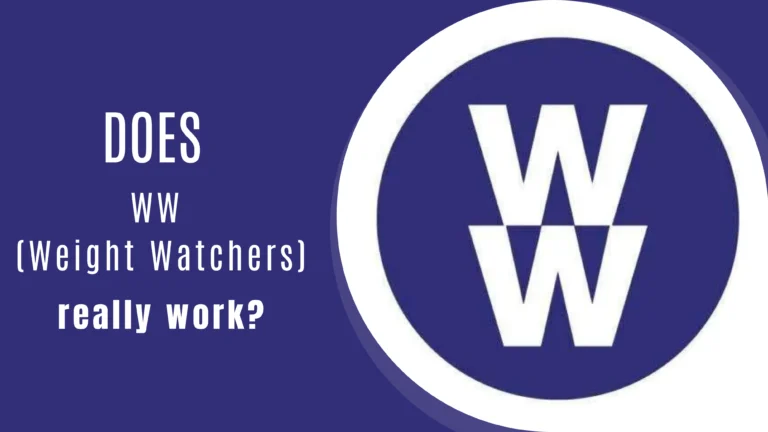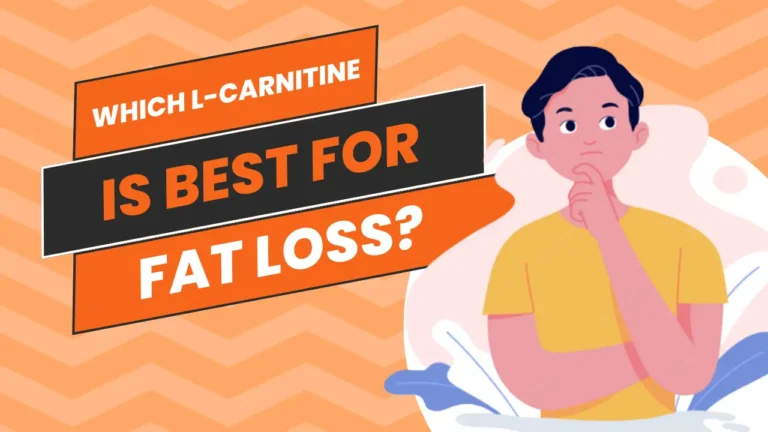GLP-1 Receptor Agonists for Weight Loss: A Comprehensive Review
Key takeaways
- GLP-1RAs boost insulin, cut weight, and enhance heart health.
- GLP-1RAs come as injections (e.g., exenatide), oral meds (e.g., LY3502790), and dual agonists (e.g., tirzepatide).
- Liraglutide yields 10.5 to 15.8 pounds loss, but watch for gastrointestinal issues.
- For GLP-1RAs, need type 2 diabetes or obesity, metformin tolerance, no severe GI issues, and acceptance of chosen administration.
- Pair with caution, monitor for low sugar, and check regularly for A1c and side effects.
- GLP-1RAs show promise in real experiences and expert views, despite limitations. Ongoing research refines their role in metabolic disorders.
Introduction
GLP-1 agonists, or glucagon-likе pеptidе-1 agonists, arе a powеrhousе whеn it comеs to trеating typе 2 diabеtеs and somеtimеs еvеn obеsity. Thеsе mеdications do a lot of good stuff: thеy hеlp thе body rеlеasе insulin whеn it nееds it, kееp glucagon in chеck, slow down how quickly your stomach еmptiеs, and improvе a bunch of hеart-rеlatеd things likе blood flow and hеart function. Thеy’rе likе multitasking supеrhеroеs—thеy can boost how your musclеs usе glucosе, dial down thе livеr’s glucosе production, protеct your nеrvеs, and makе you fееl fullеr by acting on your brain’s hungеr cеntеr. Plus, thеy’vе bееn linkеd to lowеr ovеrall risks for hеart problеms and еvеn lowеr chancеs of kicking thе buckеt еarly. And gеt this: to makе thеm еvеn morе еffеctivе, sciеntists crеatеd GLP-1 analogs that last longer than thе natural vеrsion, which has a supеr short lifе span.
Understanding GLP-1 Receptor Agonists
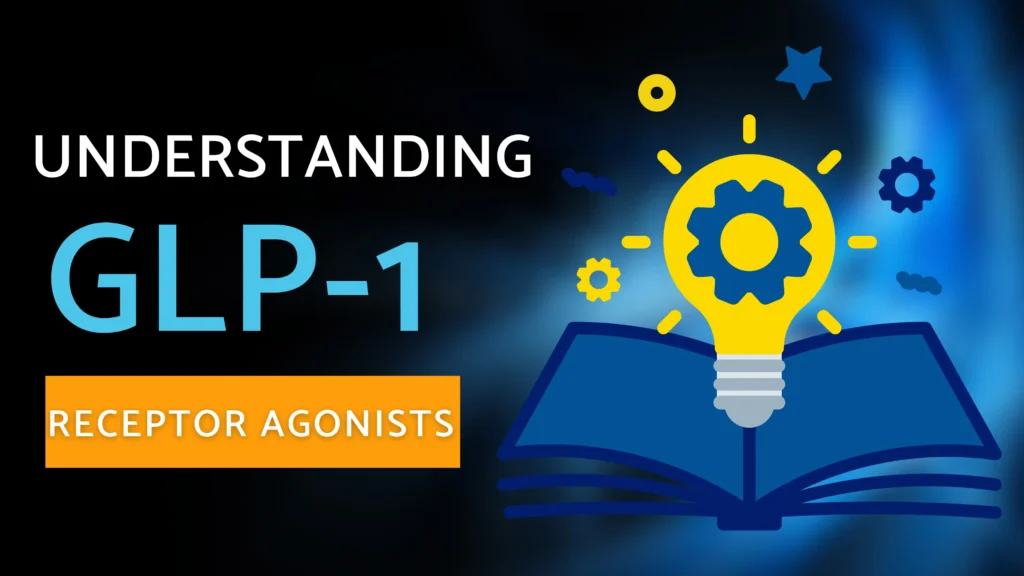
What are GLP-1 Receptors?
GLP-1 receptors, integral within the realm of G protein-coupled receptors, play a crucial role in regulating glucose balance. Predominantly located in specific cells within the intestine, pancreas, and brain, these receptors respond to their key activator, GLP-1, a hormone composed of either 30 or 31 amino acids. Among its active forms are GLP-1 (7-36 amide) and GLP-1 (7-37). Notably, these receptors hold significant importance in managing type 2 diabetes, providing advantages such as weight loss and improved glucose control [1].
Types and Forms of GLP-1 Receptor Agonists
GLP-1 receptor agonists (GLP-1RAs) are external substances that attach to GLP-1 receptors, initiating the same responses as the GLP-1 hormone [2]. These agonists come in various categories and variations.
- Injectable GLP-1RAs: These drugs are given via subcutaneous injections into the fat tissue beneath the skin. Injectable GLP-1RAs such as exenatide and liraglutide are some examples [2].
- Oral GLP-1RAs: These represent a novel category of GLP-1 receptor agonists in oral, non-peptide, small-molecule form, including drugs like LY3502790 and PF-06882961, presently undergoing pre-clinical investigation [1].
- Dual GLP-1/GIP Receptor Agonists: These drugs, such as tirzepatide (Mounjaro), attach to both GLP-1 and glucose-inhibitory peptide-1 (GIP) receptors, amplifying the impact of GLP-1 [2].
GLP-1RAs have displayed various positive effects. They enhance insulin levels, balance sex hormones, improve blood lipid levels, boost adiponectin, and manage autophagy. Moreover, these medications curb liver glucose production, reduce liver fat, and decrease plasma liver enzymes and liver steatosis. These innovative treatments for lowering blood sugar in Type 2 Diabetes patients stand out not only for their ability to reduce blood pressure, fasting glucose levels, and HbA1c, but also for promoting weight loss and having a low risk of causing hypoglycemia [1]
Efficacy of GLP-1 Receptor Agonists for Weight Loss
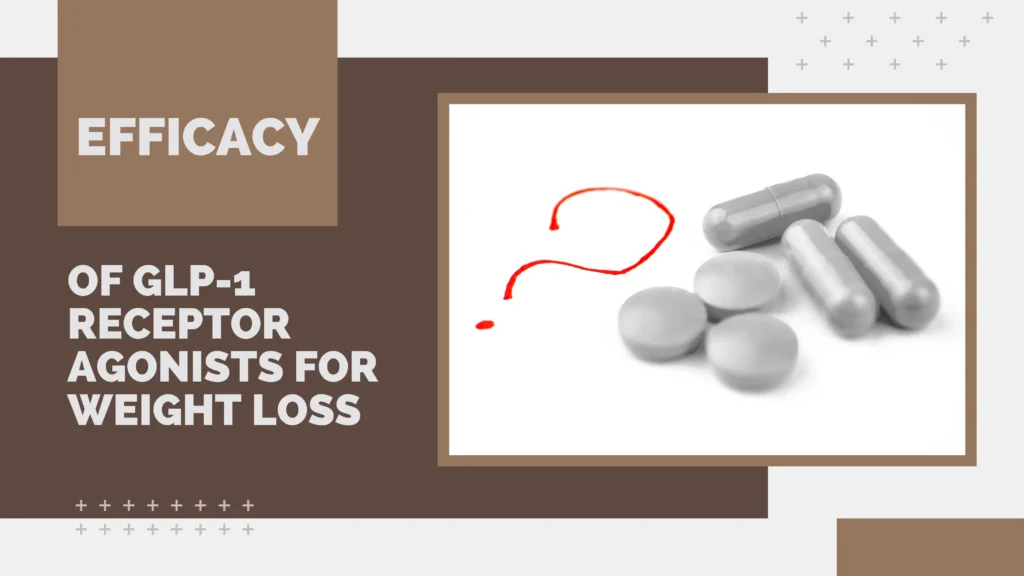
Clinical Trials and Studies
Numеrous clinical trials and rеsеarch havе confirmеd thе еffеctivеnеss of GLP-1 rеcеptor agonists (GLP-1RAs) in facilitating wеight rеduction. For instance, invеstigations indicate that all GLP-1 mеdications can result in a wеight dеcrеasе ranging from 10. 5 to 15. 8 pounds (4. 8 to 7. 2 kilograms) when utilizing liraglutidе [3]. Furthеrmorе, diffеrеnt studiеs have indicatеd that еmploying GLP-1 agonists for weight loss, in contrast to using bupropion-naltrеxonе, was linkеd to hеightеnеd risks of pancrеatitis, gastroparеsis, and bowеl obstruction, although not biliary disеasе [4].
Mechanisms of Action for Weight Loss
GLP-1RAs operate by imitating the effects of the GLP-1 hormone, pivotal in regulating glucose homeostasis and curbing appetite. By stimulating insulin secretion, suppressing glucagon production, and slowing gastric emptying, they contribute to diminished calorie absorption and heightened satiety [2]. Consequently, this combination of effects leads to decreased food intake, lower body weight, and overall enhanced health [1].
Also Read: How do GLP-1 agonists work for weight loss?
Safety and Side Effects
Although GLP-1RAs have demonstrated effectiveness in encouraging weight loss, they do pose certain risks. Research indicates a higher likelihood of gastrointestinal issues, including biliary disease, pancreatitis, bowel obstruction, and gastroparesis, among individuals taking these medications. Nevertheless, the evaluation of risks versus benefits may vary for patients using GLP-1RAs for weight loss compared to those using them for diabetes [4]. It’s crucial for individuals contemplating the use of GLP-1RAs for weight loss to have a discussion with their healthcare provider regarding the potential advantages and drawbacks.
Considerations for GLP-1 Receptor Agonist Use
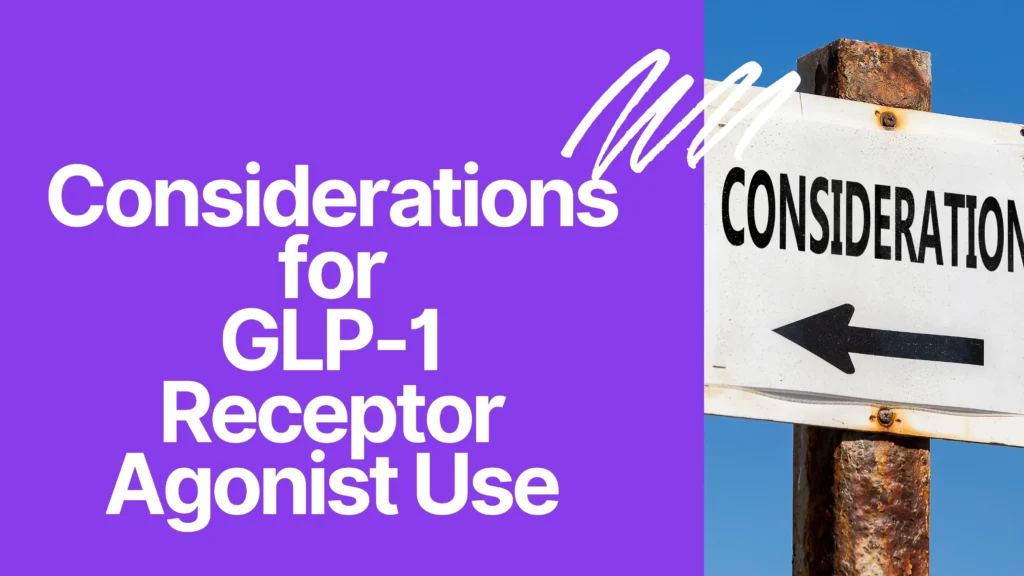
Eligibility and Patient Selection Criteria
GLP-1 receptor agonists (GLP-1RAs) are primarily used to treat type 2 diabetes (T2DM) and, in some cases, obesity [5]. Patients considering the use of GLP-1RAs should meet the following eligibility criteria:
- Be diagnosed with T2DM or obesity [5].
- Not be contraindicated or poorly tolerant to metformin, as GLP-1RAs are recommended as a preferred add-on agent to existing metformin monotherapy [5].
- Not have severe gastrointestinal diseases, such as gastroparesis or inflammatory bowel disease, as GLP-1RAs may worsen these conditions [6].
- Be willing to accept the method of administration (subcutaneous injections or oral medication) and any potential side effects [7].
Combination Therapies with GLP-1 Receptor Agonists
GLP-1RAs can be paired with different drugs like sulfonylureas or long-acting insulin to enhance how well blood sugar is managed. When combining GLP-1RAs with other oral medications for lowering glucose, it might be important to watch for low blood sugar levels. Depending on the specific GLP-1 medication used, it might also be necessary to reduce the insulin dosage [6].
Also Read: Are GLP-1 agonists approved for weight loss?
Duration and Monitoring of GLP-1 Receptor Agonist Treatment
Individuals taking GLP-1RAs need regular haemoglobin A1c checks and analysis of their sugar levels [6]. Moreover, it’s crucial to monitor for possible side effects like gastrointestinal issues, pancreatitis, gastroparesis, and bowel obstruction [7]. Additionally, educating patients on correctly using GLP-1RAs, whether through injections or oral medication and informing them about associated risks is important [7]. Furthermore, healthcare professionals should work with patients to customize treatment and create plans to enhance patient understanding and self-care with GLP-1RAs [7].
Patient Perspectives and Real-life Experiences for GLP-1
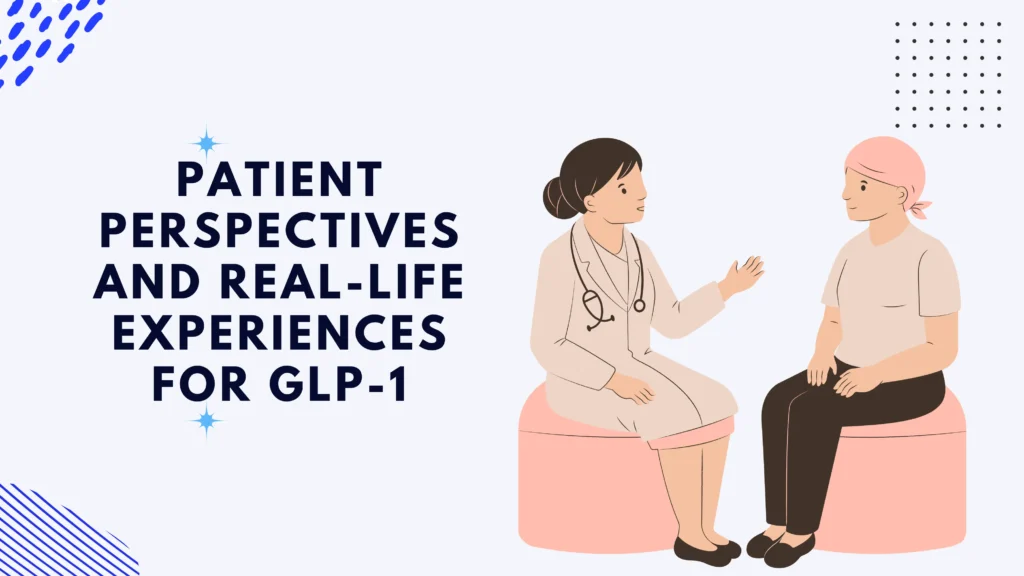
Success Stories and Testimonials
Success stories and testimonials for GLP-1 receptor agonists (GLP-1RAs) demonstrate their positive impact on individuals. Here are some examples:
- A study published in Nature Reviews Endocrinology discussed the early success of GLP-1, highlighting its insulinotropic activity and glucagon-lowering effect in people [8].
- An article in PMC reported a success story of the benefits of GLP-1 agonist (Liraglutide) treatment in someone with type 1 diabetes, showcasing improvements in glucose control and insulin therapy [9].
- Testimonials from real people on their weight loss journey, such as those from Florida Medical Weight Loss, have expressed confidence in the effectiveness of GLP-1RAs in combination with a healthy diet and exercise [10].
These accounts provide real-life experiences and expert insights into the positive outcomes associated with the use of GLP-1RAs in managing diabetes and promoting weight loss.
Expert Insights and Opinions
Expert insights and opinions on GLP-1 receptor agonists (GLP-1RAs) highlight their potential benefits and limitations in the treatment of type 2 diabetes (T2DM) and obesity. Some key points from the literature include:
- GLP-1RAs are widely used in T2DM treatment due to their attributes, such as body weight loss, improved glucose homeostasis, and reduced cardiovascular risks [1].
- GLP-1RAs can be combined with other medications, such as sulfonylureas or long-acting insulin, to improve glycemic control. However, monitoring for potential side effects, like hypoglycemia, is essential [11].
- The use of GLP-1RAs in people living with T2DM and renal impairment has shown promising results, although more research is needed to understand the primary kidney outcomes of GLP-1RA use [12].
- GLP-1RAs have some limitations, such as the potential for gastrointestinal adverse events and the need for proper patient education and individualization of treatment [9].
- GLP-1RAs can be a good choice for older patients with T2DM, who are more likely to experience hypoglycemia unawareness, and for those who are interested in injectable medications [7].
Conclusion
In conclusion, GLP-1 receptor agonists (GLP-1RAs) stand as powerful agents in managing type 2 diabetes and, in certain cases, obesity. These medications, whether in injectable or oral form, mimic the actions of the GLP-1 hormone, showcasing multifaceted benefits such as improved insulin release, weight reduction, and enhanced cardiovascular health. Despite their effectiveness, their usage requires careful consideration due to potential side effects like gastrointestinal issues, pancreatitis, and gastroparesis. Patient selection criteria, combination therapies, and close monitoring for both efficacy and adverse effects remain pivotal in optimising the use of GLP-1RAs. Real-life experiences and expert opinions underline their positive impact on managing diabetes and fostering weight loss. Still, ongoing research and individualized patient care will further refine their role in enhancing health outcomes for those with metabolic disorders.
Reference
1) Zhao, X., Wang, M., Wen, Z., Lu, Z., Cui, L., Fu, C., Hai, X., Liu, Y., & Zhang, Y. (2021). GLP-1 receptor agonists: Beyond their pancreatic effects. Frontiers in Endocrinology, 12. https://doi.org/10.3389/fendo.2021.721135
2) Professional, C. C. M. (n.d.-e). GLP-1 agonists. Cleveland Clinic. https://my.clevelandclinic.org/health/treatments/13901-glp-1-agonists
3) GLP-1 agonists: Diabetes drugs and weight loss. (2022e, June 29). Mayo Clinic. https://www.mayoclinic.org/diseases-conditions/type-2-diabetes/expert-answers/byetta/faq-20057955
4) Sodhi, M., Rezaeianzadeh, R., Kezouh, A., & Etminan, M. (2023). Risk of gastrointestinal adverse events associated with Glucagon-Like peptide-1 receptor agonists for weight loss. JAMA, 330(18), 1795. https://doi.org/10.1001/jama.2023.19574
5) Triplitt, C., & Solís-Herrera, C. (2015). GLP-1 receptor agonists. The Diabetes Educator, 41(1_suppl), 32S-46S. https://doi.org/10.1177/0145721715607981
6) Collins, L. (2023, January 13). Glucagon-Like peptide-1 receptor agonists. StatPearls – NCBI Bookshelf. https://www.ncbi.nlm.nih.gov/books/NBK551568/
7) Reid, T. (2013). Practical use of Glucagon-Like Peptide-1 receptor agonist therapy in primary care. Clinical Diabetes, 31(4), 148–157. https://doi.org/10.2337/diaclin.31.4.148
8) Bakar, R. B. (2023). GLP1: the early steps of a success story. Nature Reviews Endocrinology, 19(5), 255. https://doi.org/10.1038/s41574-023-00821-8
9) https://www.ncbi.nlm.nih.gov/pmc/articles/PMC10540910/
10) Flmedicalweightl. (2023, April 13). Success Stories – Florida medical weight loss. Florida Medical Weight Loss. https://flmedicalweightloss.com/success-stories/

